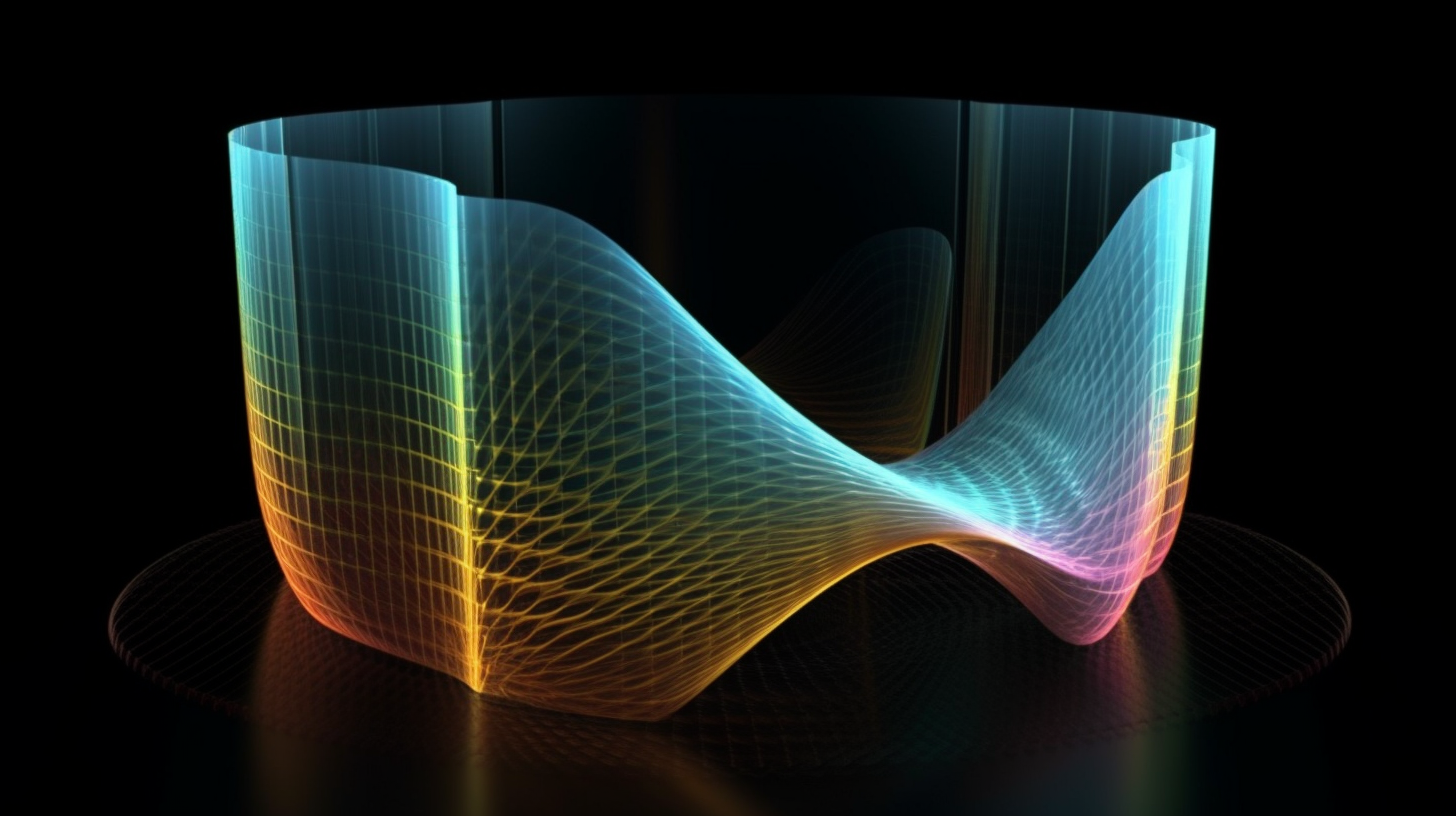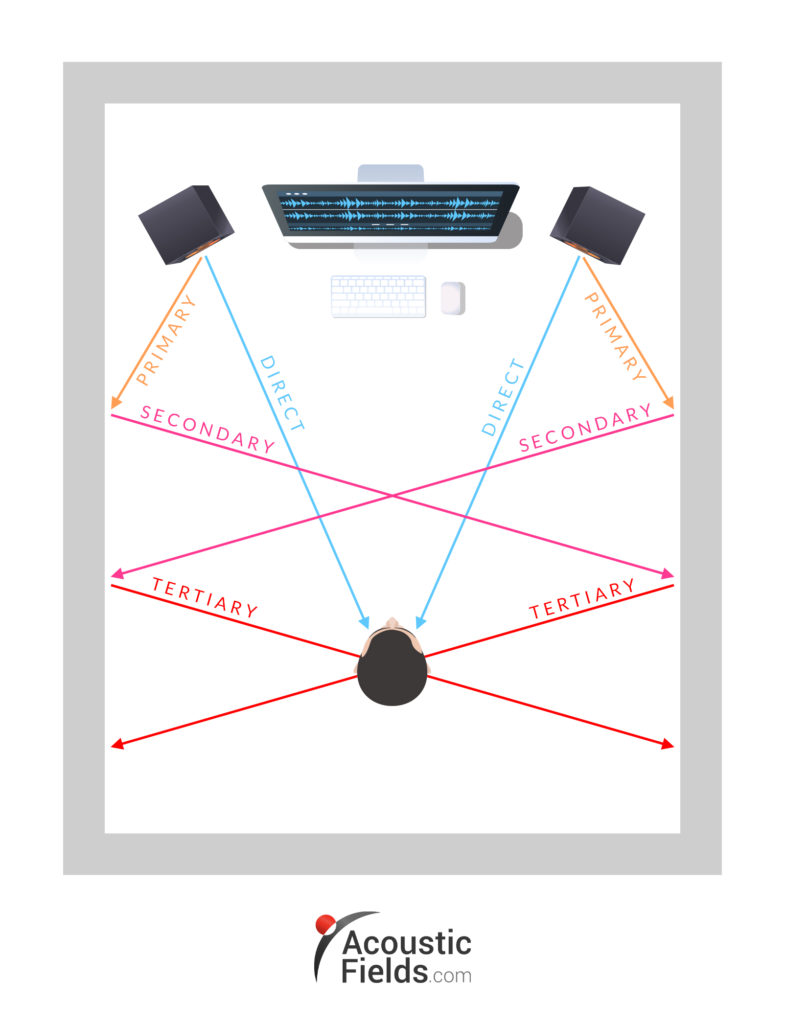
Table of Contents
Introduction
In this article, we will discuss the issues of reflection and absorption as a treatment process in acoustic design. Reflections are the energy that strikes the room surface and comes back, causing interference with the direct energy from the speakers. Absorption is a common way to balance the reflected energy in a room. Diffusion is the second technology we have to use along with absorption. Diffusion is a technology to make a small room sound larger. Let’s dive deeper into the science and methods of absorption in acoustic design.
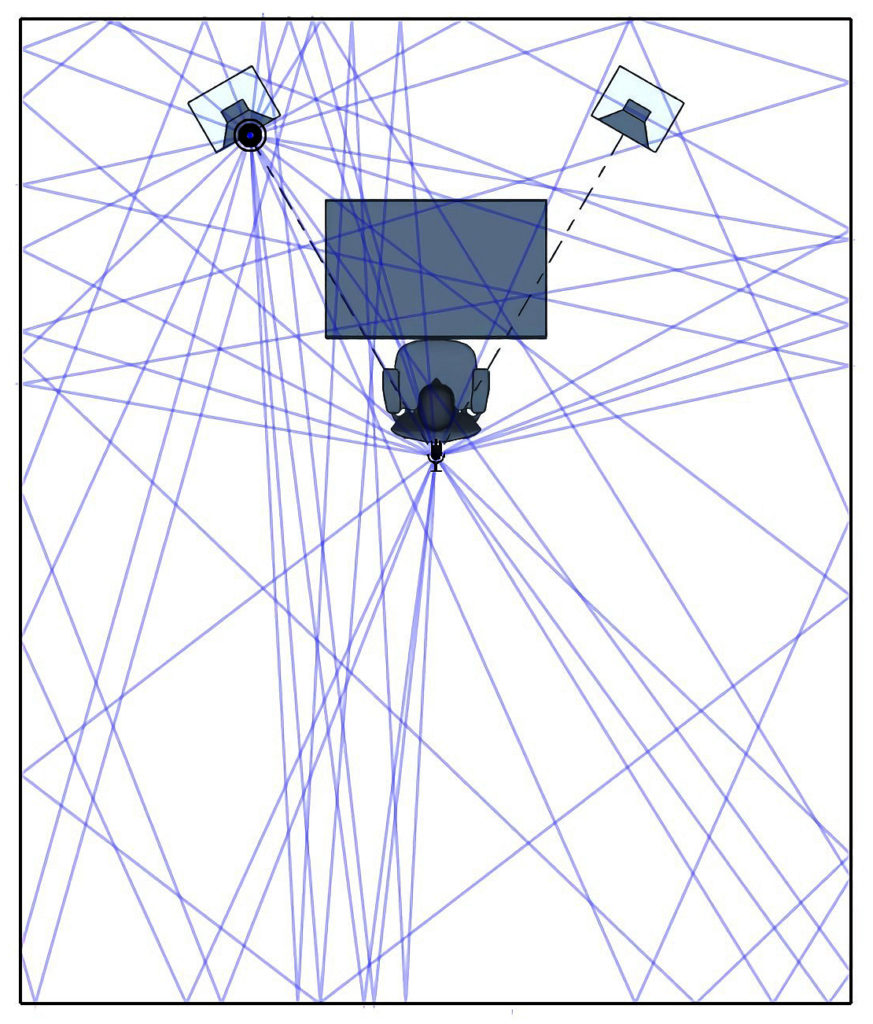
Reflections
Reflections are energy that strikes the room surface and comes back, causing interference with the direct energy from the speakers. Primary, secondary, and tertiary reflections are common in two-channel systems. The ping-pong effect of reflections going back and forth can cause a room to sound unnatural. Real acoustic design and analysis aim to balance the reflected energy room sound with the direct energy from the speaker, which is more pure. Each room usage will require a different balance of direct versus reflected energy.
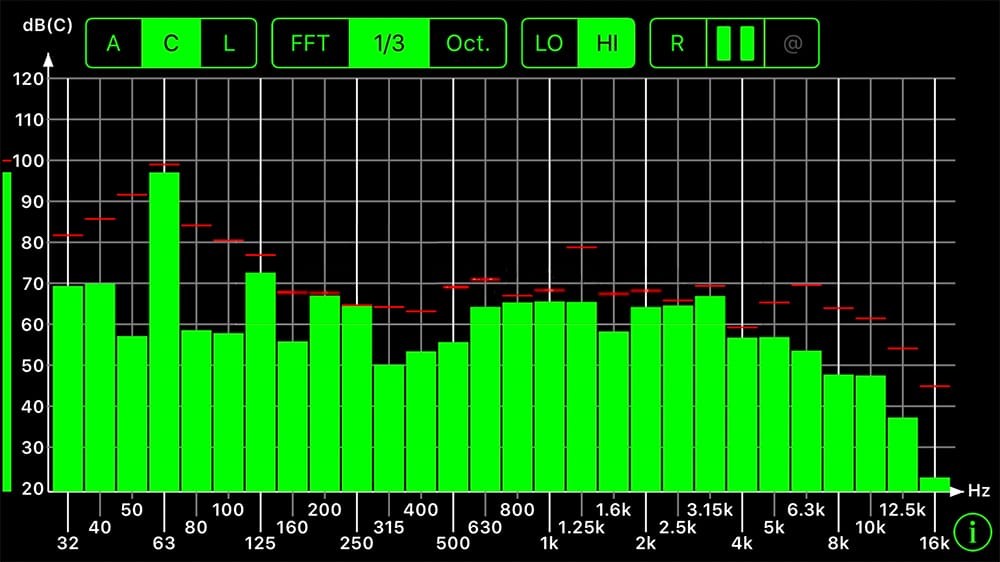
Absorption
Absorption is an energy process that changes from one form to another through friction and heat. It is an effective way to reduce the amount of reflected sound in a room. The most common way to achieve absorption is through materials like building insulation, foam, and draperies. However, the rate and level of absorption should match the position and usage of the room. Companies that design sound absorption products make sure that the product is spaced out from the wall to take advantage of air movement being greatest 2-4 inches from the surface if the material type absorbs energy on both sides of it.
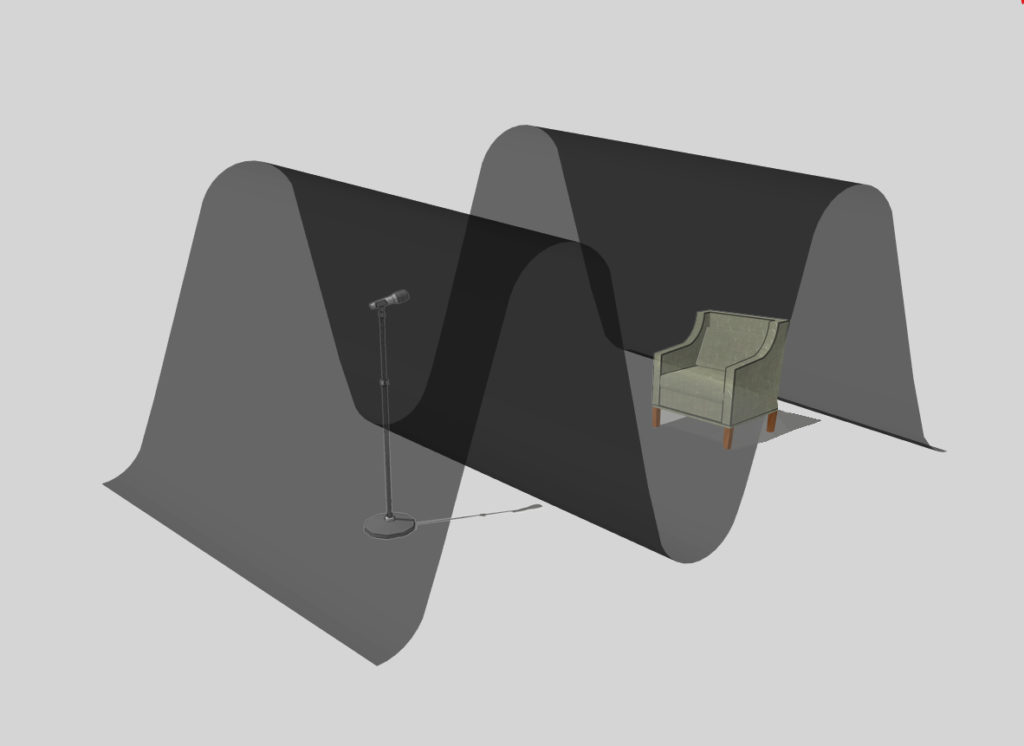
Types of Absorption
There are three main types of low frequency absorption: Helmholtz Resonator, membrane , and diaphragmatic. Helmholtz resonator uses a resonating cavity, which is designed for a resident frequency to absorb sound. Membrane is a cousin to diaphragmatic. It goes as low but doesn’t get as much as a diaphragmatic absorber. The diaphragmatic process is the most powerful of the three. At Acoustic Fields, we use diaphragmatic absorption with our proprietary carbon fill material that increases the performance of each unit by 40%.
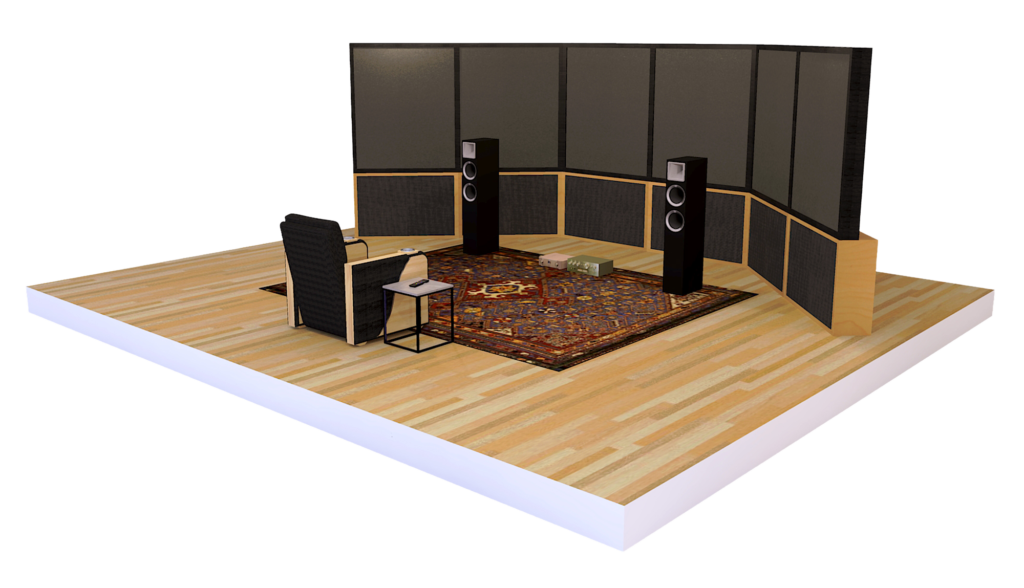
Noise
Before we start any conversation regarding the treatment of reflections as they pertain to the direct sound in our rooms, we must consider the noise transmission issues. Noise leaving and entering our rooms creates as much or more issues than the reflections within our rooms. Noise must be kept out of our rooms from outside sources. Noise leaving our rooms must also be managed. All noise issues must be measured for frequency and amplitude. We have processes at Acoustic Fields to assist you with this noise measurement process using your phone and our apps.
Conclusion
Understanding the science and methods of absorption is crucial in achieving the desired sound quality in a room. It’s important to carefully consider the rate and level of absorption to balance the reflected energy with the direct energy from the speaker. This pertains to both low, middle, and high frequencies.. Companies designing sound absorption products use air movement’s greatest distance from the surface to their advantage for middle and high frequencies. Lower frequencies are a pressure wave and therefore one must use Helmholtz, membrane or diaphragmatic. Open celled foam is the most economical and cost effective to treat middle and high frequencies with absorption.
FAQ’s
What are sound reflections, and how do they affect room acoustics?
Sound reflections are when sound waves hit a surface and bounce back towards the listener, creating a secondary sound wave that can interfere with the original sound. In room acoustics, these reflections can cause issues like echoes, standing waves, and other problems that affect the sound quality of a space.
How can sound reflections be controlled or managed in a room?
Sound reflections can be controlled or managed in a room through the use of acoustic treatment. This can include the use of absorption materials like acoustic panels or foam to absorb sound waves, or diffusion materials like quadratic residue diffusers to break up reflections and scatter sound waves in different directions. The placement of furniture and other objects in a room can also affect sound reflections.
How do sound reflections affect the quality of recordings or live performances?
Sound reflections can greatly affect the quality of recordings or live performances by creating unwanted echoes or other problems that interfere with the clarity and accuracy of the sound. In recording studios, acoustic treatment is essential to ensure that the sound captured by microphones is as clean and accurate as possible. In live performances, sound reflections can be controlled through the placement of speakers and the use of acoustic treatment on stage and in the audience area.
What is sound absorption and how does it work?
Sound absorption is the process of reducing the amount of sound energy that is reflected back into a room. This is typically done through the use of sound-absorbing materials, which are designed to trap sound waves and convert their energy into heat. When sound waves hit a sound-absorbing material, the waves penetrate the material and the energy is dissipated as heat. This reduces the amount of sound energy that is reflected back into the room, resulting in a more pleasant and acoustically controlled environment.
How much sound absorption do I need in my room?
The amount of sound absorption you need in your room depends on a number of factors, including the size and shape of the room, the type of sound you’re trying to control, and the intended use of the room. A general rule of thumb is to aim for a total absorption area of between 20% and 30% of the total surface area of the room. This can be achieved through a combination of sound-absorbing materials like acoustic panels, as well as other features like curtains, carpets, and furniture, which can also help to absorb sound. It’s important to work with an acoustics professional to determine the optimal amount of sound absorption for your specific needs.


